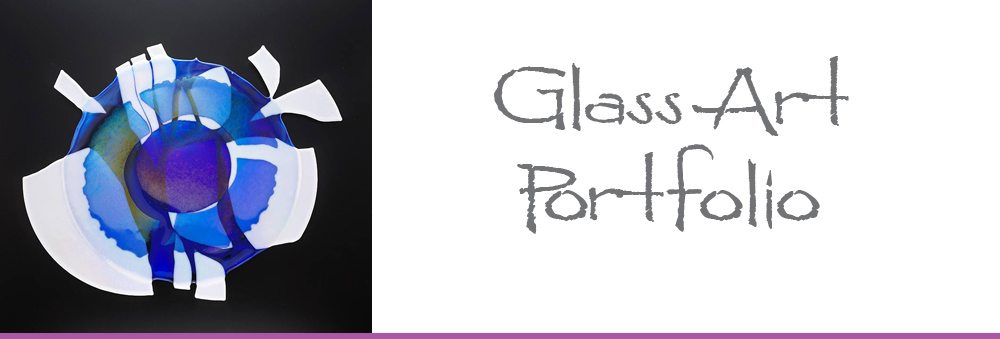Functional glass art and dichroic glass jewelry
In my glass art studio I also use “fused glass” techniques to create functional glass art and glass jewelry, such as dichroic glass bowls and fused glass pendants. Flat pieces of glass are cut into shapes that I create, placed in layers inside a kiln, sometimes augmented with bits of ground glass as additional design elements, and melted together or fused at between 1425 and 1480 degrees Fahrenheit. This fusing process was used by the Romans and Egyptians 4000 to 5000 years ago. Little used in the glass industry today, it is a method enjoyed by glass artists to create unique glass art, jewelry, and decorative utilitarian glass objects.
The very brightly colored glass is a special glass called “dichroic”— from the Greek words for “two-color.” First developed in the space industry, various coatings on the glass create an interference effect similar to iridescence observed in nature. It produces the unique characteristic of appearing to change the color of the glass when it is viewed from different angles.
